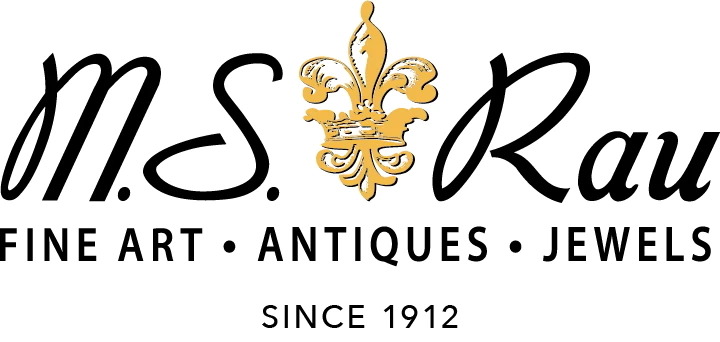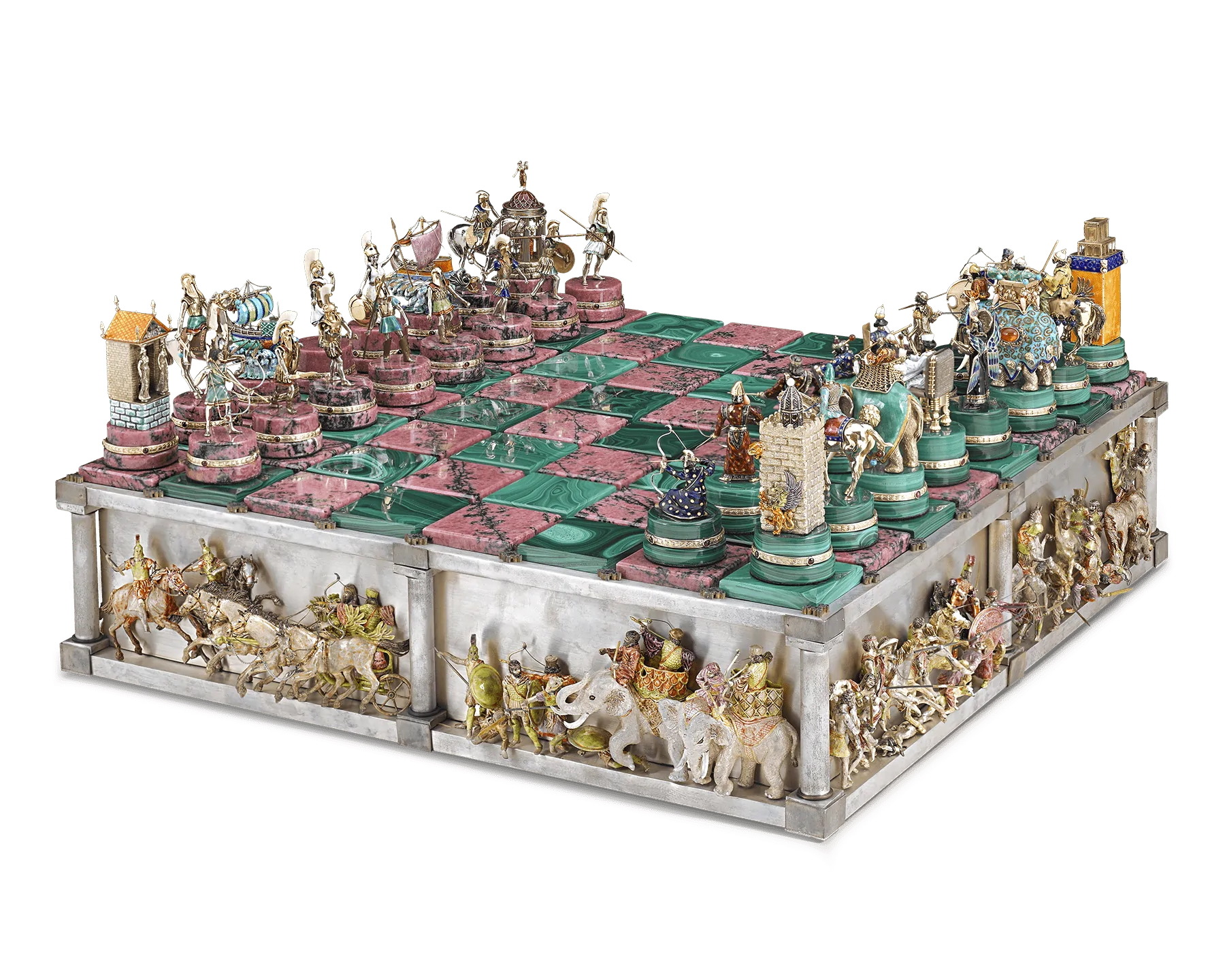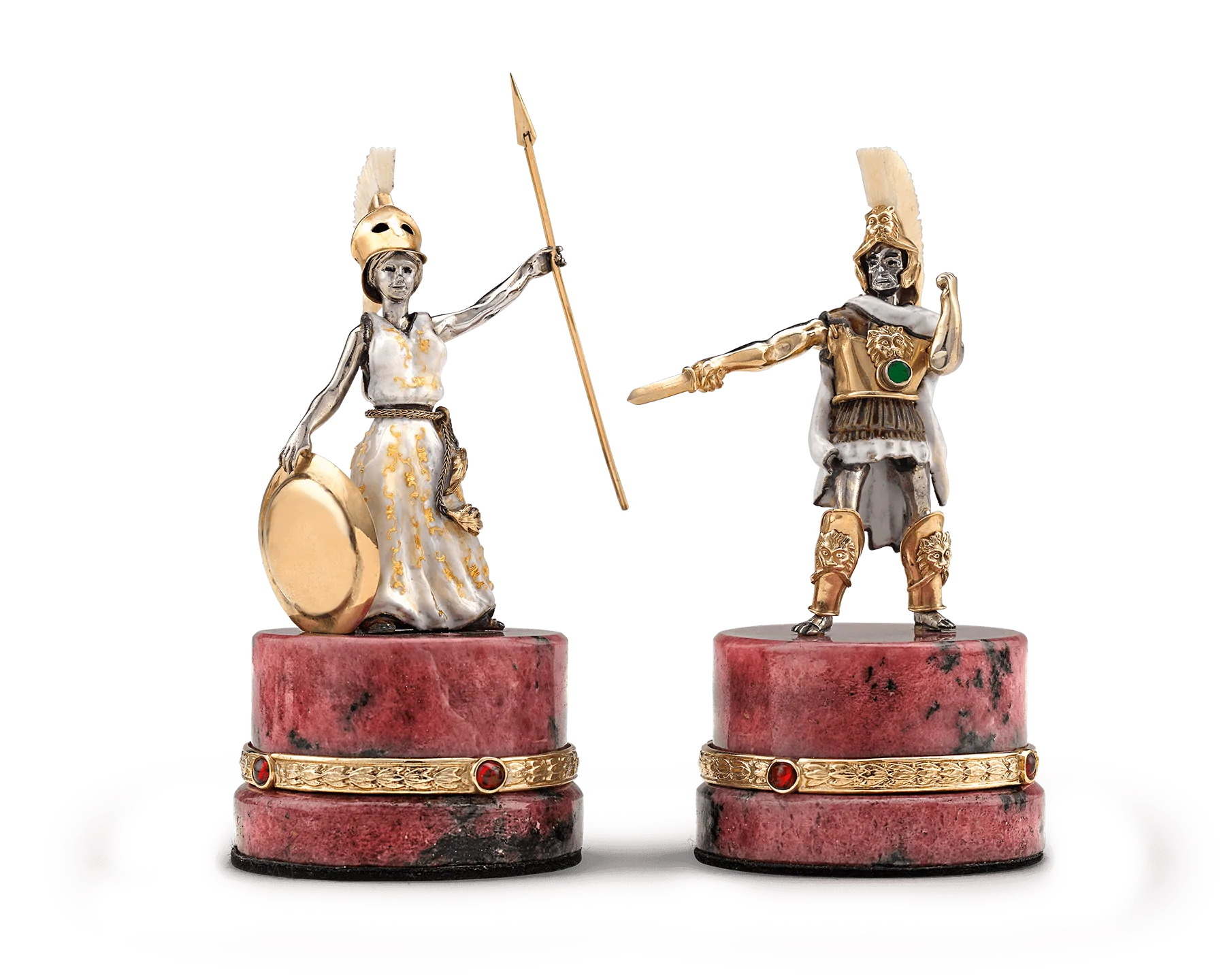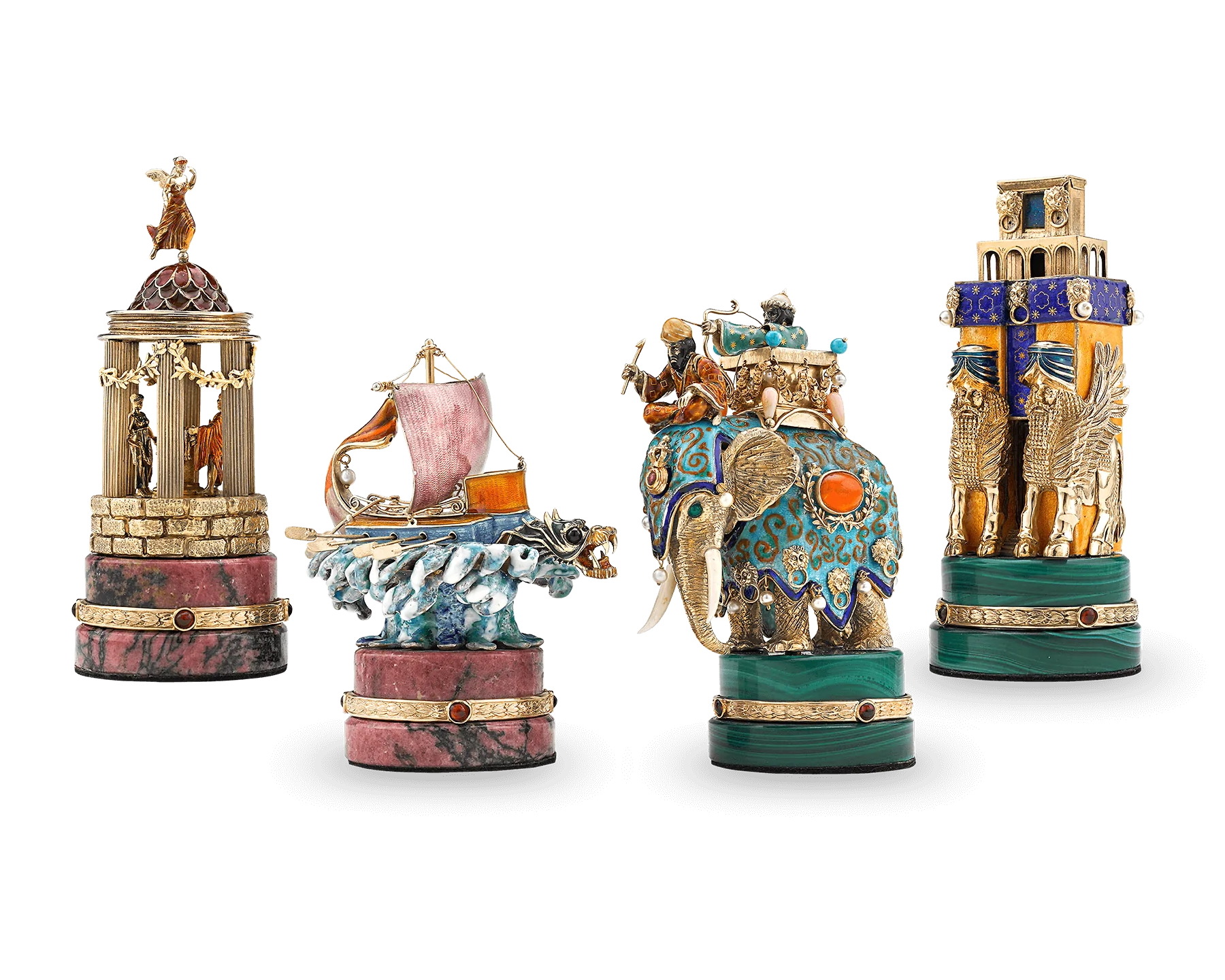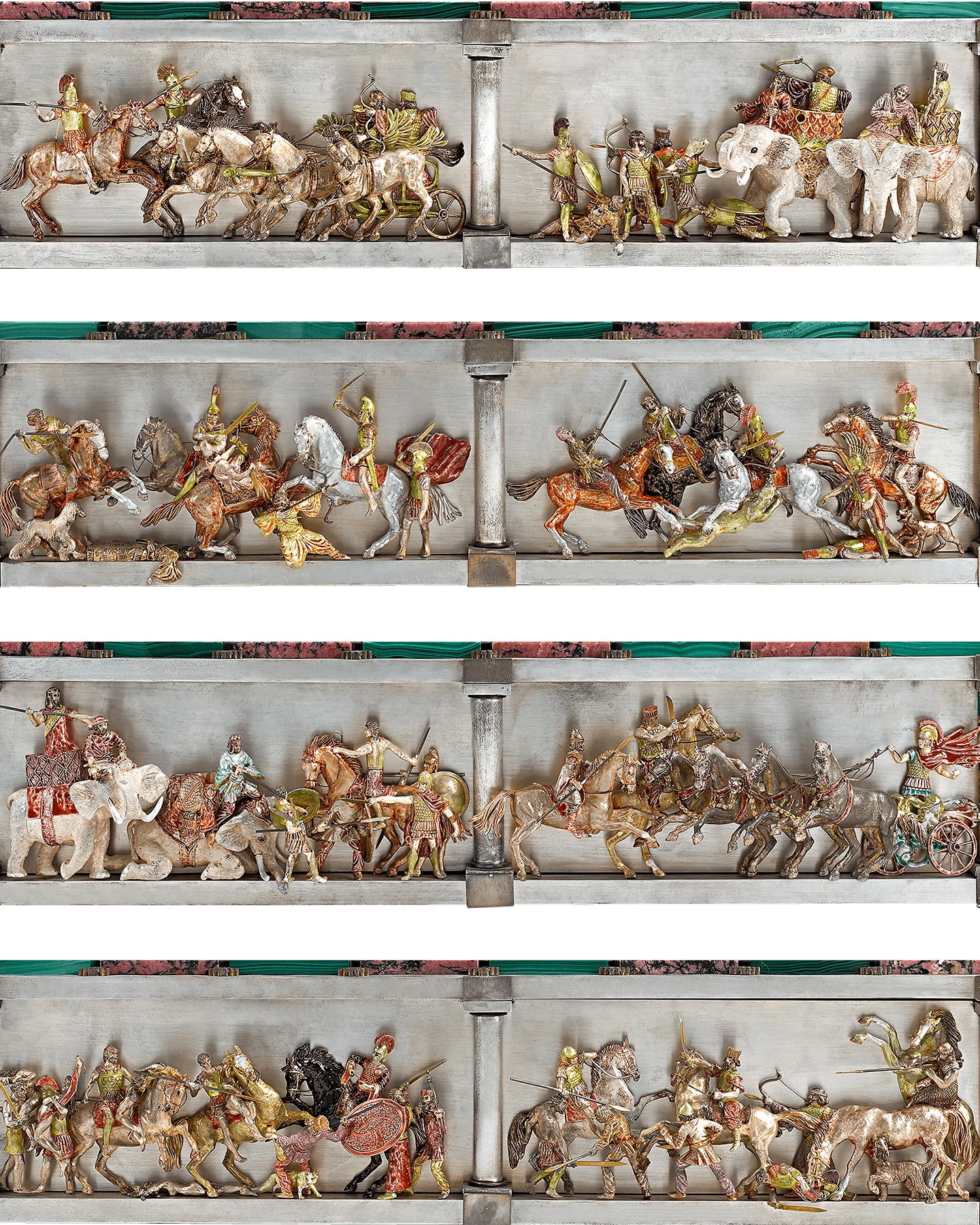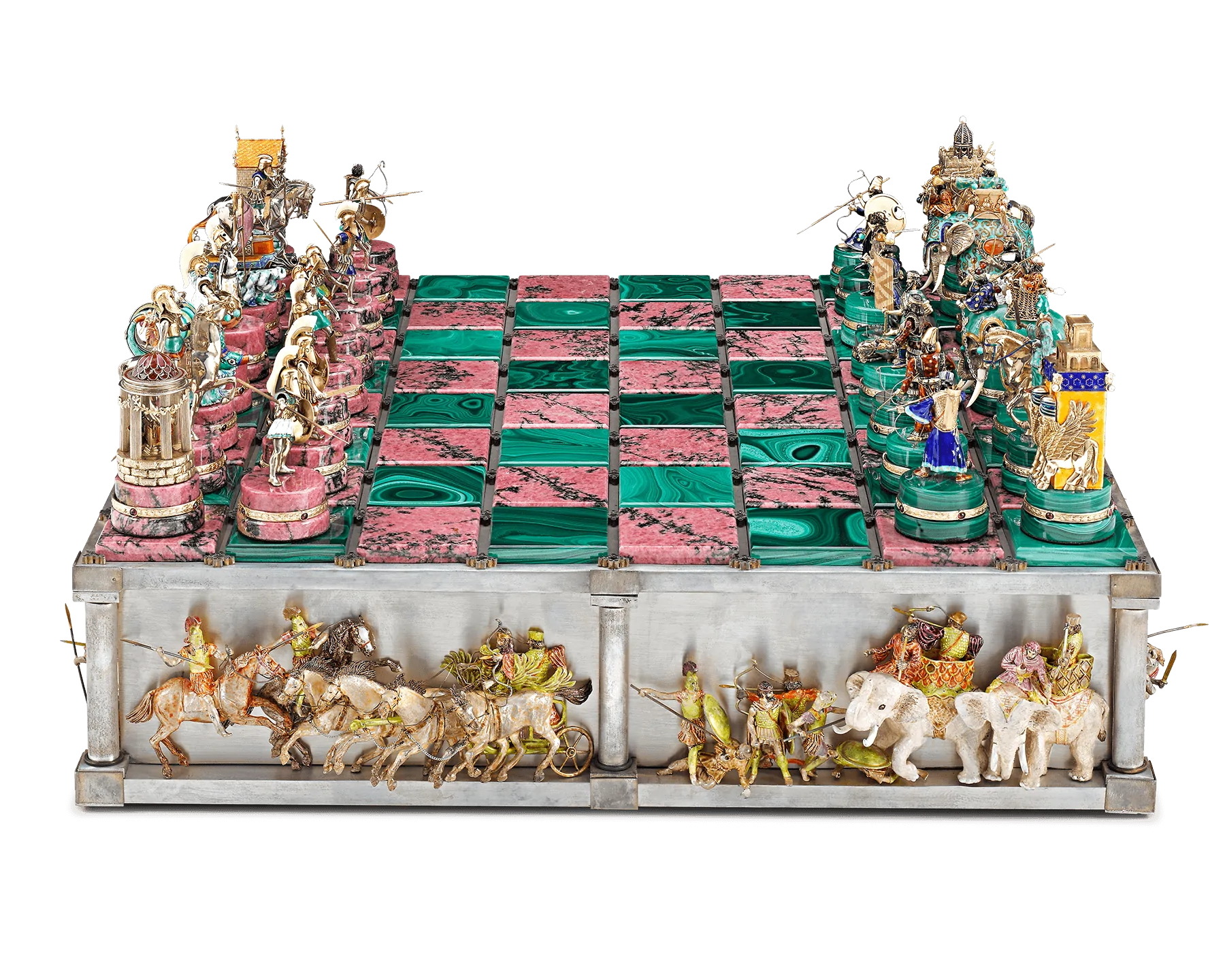We all tend to think that playing a role in a movie is about glamour and competition to be the best, the most appealing, the most successful, and the sexiest. Most actors will aim to reach that high status because it is very profitable.
However, under certain circumstances, some performers will really embody their screen personage to bring them back to life. That realm is reserved for only a few of them. At this level and beyond their talent, they are exposed to fiercer critics and jealousy, which they must withstand.
Well, the world
of
Like Alexander’s actual life and heritage, the movie has been criticized ad nauseam. Too many arguments, comments, and opinions have been formulated in endless theories developed in live discussions on TV, YouTube, and other digital media.
It is precisely one such YouTube exposé that caught my eye:
Colin Farrell, chosen to play the role of Alexander, received the brunt of the critics. Nothing less than what Alexander endured in his lifetime and after his death 2,300 years ago. May this be a noble consolation to Colin!
Few know that Colin worked for six months to prepare for his role. He had to learn to fight in close combat using spears and kopis as a foot soldier and cavalryman. He had to know how to ride bareback and underwent rough physical training in martial arts. Colin had to be proficient in these fields before joining the boot camp Oliver Stone had planned for all the “generals” and other leaders. Colin had to somehow copy Alexander to project the same self-assurance, charisma, and authority as the king did (see: The power of Alexander, his generalship, charisma, or both?) Commanding the phalanx (played by Moroccan soldiers) was another major challenge.
There are so many aspects of which the critical moviegoer is unaware. The above YouTube provides us a brilliant insight into the genius of Oliver Stone and Colin Farrell worth sharing. Nothing short of Alexander's.





